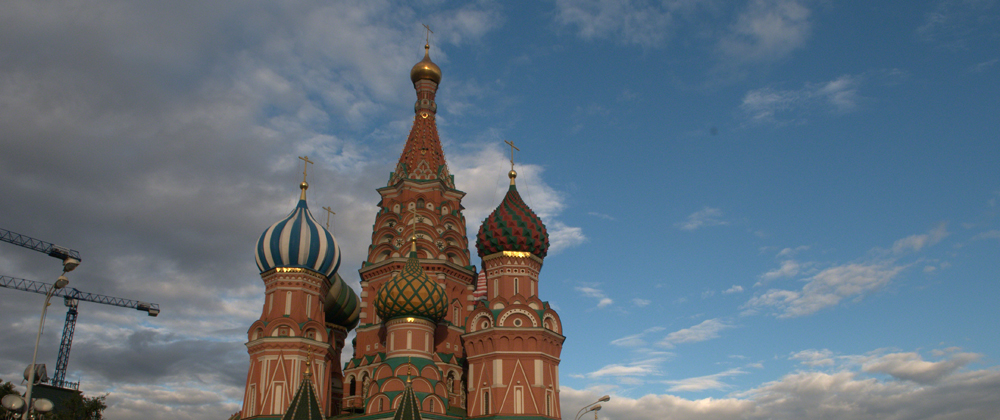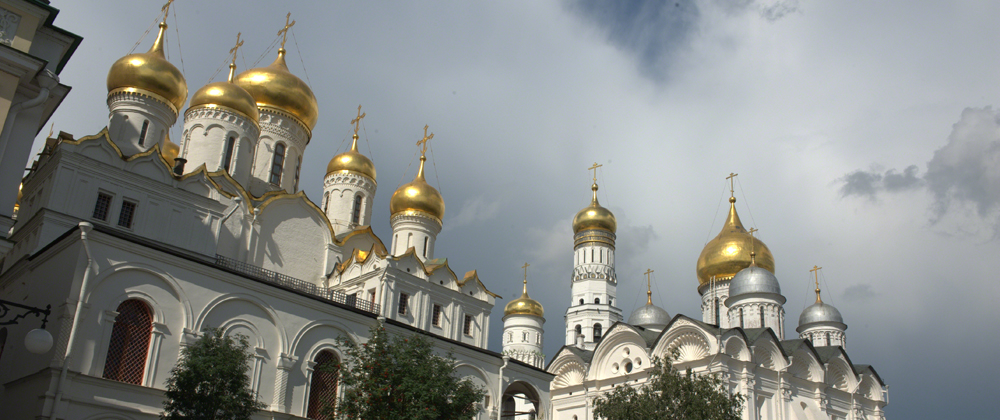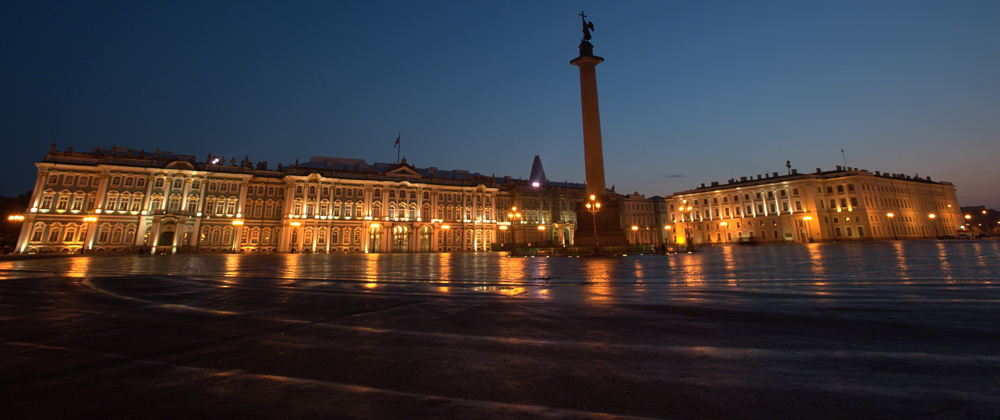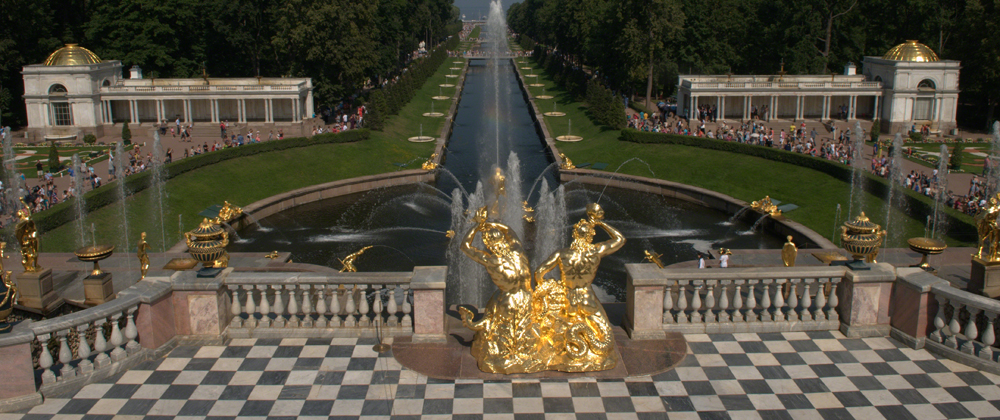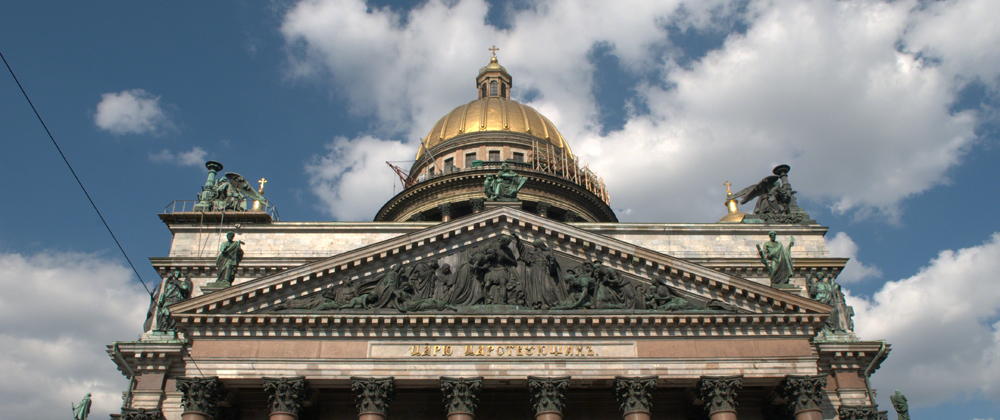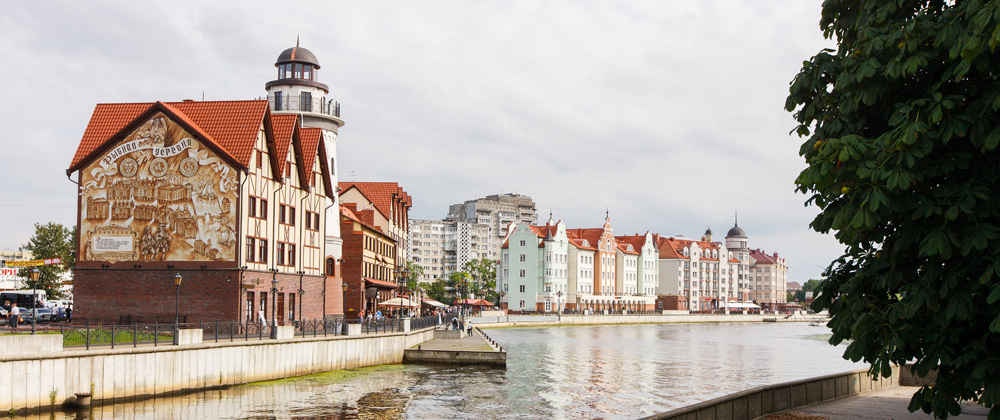Welcome to Russia
The end of communism was the beginning of Russia becoming one of the most popular business and leisure travel destination.
A trip to Russia will help you to discover how the country is getting to grips with its restoration after the collapse of the Soviet Empire. The country is changing rapidly, yet it remains faithful to its rich heritage. The splendor of the royal palaces and residences will help you to emerge yourselves in its past, while the modern vibe and the tourism opportunities that have been developing here at the speed with which Gagarin shot through the stratosphere, will surprise even the harshest of critics.
Main destinations
- The Golden Ring
- Kaliningrad
- Karelia
- Pskov
- Novgorod
- Sochi
Kaliningrad
Kaliningrad, formerly Koenigsberg, is one of several cities along the Baltic coast that was founded by the Teutonic Knights as they spread eastwards during the 13th century. From its founding in 1255 until the end of the Second World War, it had played a major part in German history, both as a seaport and as a center for academic excellence. German and Russian histories have been intertwined in this land throughout the centuries. Today, 700 years old Kaliningrad quirkily combines the attributes of a modern Russian city with those of a traditional European one. The philosopher Immanuel Kant (1724-1804) is the city’s most famous former resident. His grave lies beside the City’s Cathedral, and two rooms in the Cathedral’s Museum are dedicated to his life and work.

Amber room is a highlight of Catherine’s Palace – the summer residence of Russian Tzars. It disappeared during the World War II and was rebuilt recently. Contemporary masters used 600 kg (~1322 lb) of amber from Kaliningrad to decorate the room.
Book tour Do you want to go to Russia or neighboring countries? Book a tour!
- Share with friends:

